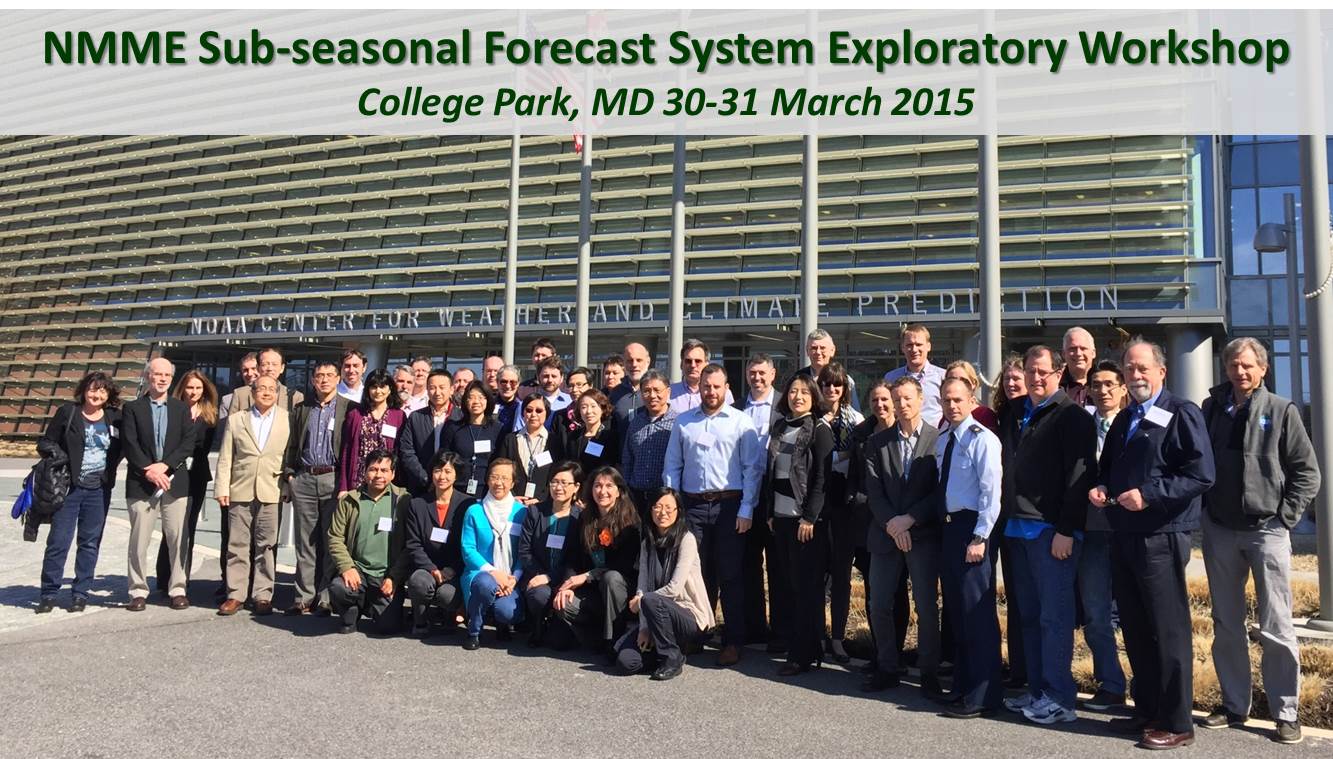The North American Multi-Model Ensemble (NMME) is an experimental multi-model seasonal forecasting system, consisting of coupled models from US and Canadian modeling centers, including NOAA/NCEP, NOAA/GFDL, IRI, NCAR, NASA, and Canada’s CMC..
The multi-model ensemble approach has proven extremely effective at quantifying prediction uncertainty due to uncertainty in model formulation, and has proven to produce better prediction quality (on average) than any single model ensemble to meet the specific tailored regional prediction and decision support needs of a large community of climate information users.
The need for the development of NMME operational predictive capability was recommended in US National Academies report “Assessment of Intraseasonal to Interannual Climate Prediction and Predictability”. Based on two NOAA Climate Test bed (CTB) NMME workshops (18 February and 8 April 2011), a collaborative and




